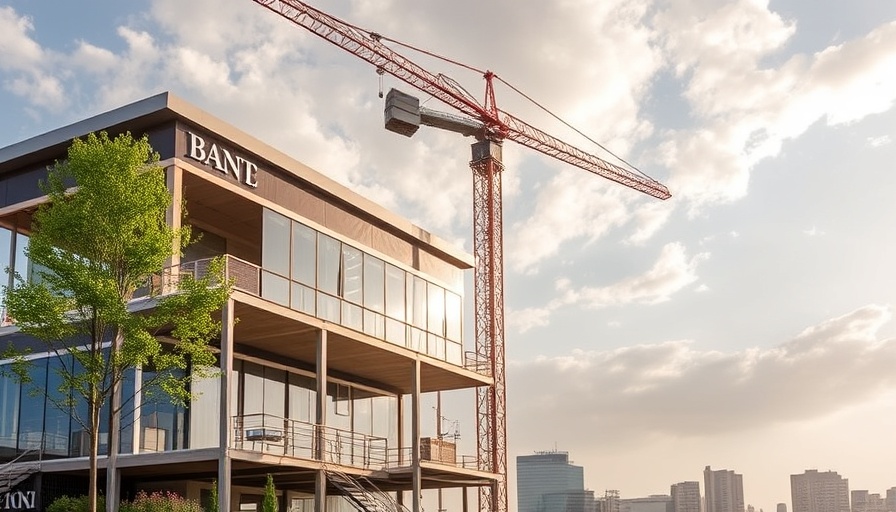
Understanding the Big Beautiful Bill's Impact on Construction
The recent passage of the Big Beautiful Bill (BBB) on July 4, 2025, is reshaping the commercial construction landscape, offering significant benefits for contractors, developers, and property owners. As project timelines can often stretch for years due to stringent regulatory processes and funding challenges, the BBB aims to streamline and enhance various facets of the industry. Understanding its implications is crucial for any active participant in this field.
Securing Financial Confidence with Bonus Depreciation
One of the most transformative aspects of the BBB is the permanence of bonus depreciation. This provision allows businesses to deduct substantial portions of investments in new technology, equipment, or structures in the year of purchase. By keeping this provision permanent, the BBB instills financial confidence among developers and contractors, paving the way for more aggressive investments in commercial projects.
Encouraging Domestic Production Through Tax Incentives
The BBB also introduces favorable tax treatments for qualifying production areas in newly constructed buildings. As manufacturers gain access to the same depreciation benefits as those offered to other property types, there's a potential uptick in domestic production initiatives. This change is especially relevant in a time where managing supply chain disruptions has become critical for businesses.
Immediate Deductions: A Game Changer for Landlords
Landlords across the commercial sector can now deduct improvements made to their properties immediately, which includes essential upgrades such as interior buildouts and energy-efficient systems like HVAC. This enhanced profitability outlook can motivate property owners to revitalize their spaces significantly, creating attractive environments for tenants and benefiting the overall real estate market.
Long-Term Planning Benefits
While the immediate benefits are apparent, the BBB also grants construction stakeholders the ability to plan long-term with increased predictability. Developers can now forecast project costs and potential returns more accurately, which is vital for securing additional investment and mitigating risks. This planning feature can lead to a more resilient commercial construction sector.
Stimulating Post-Frame Construction Tenets
Post-frame construction has emerged as an efficient building methodology, and the new incentives under the BBB signal a growing acceptance of innovative building practices. As business owners focus on sustainability and speed of construction, the adaptation of such frameworks will likely flourish in accordance with the support provided by the BBB.
The Future of Commercial Construction in 2026 and Beyond
With 2026 fast approaching, industry stakeholders are poised to leverage the advantages introduced by the BBB. By marrying fresh incentives and a supportive regulatory environment, the era is set for unprecedented growth in the commercial construction sector, benefitting both operators and the communities they serve.
As we delve deeper into these transformations, it becomes crucial for business owners, contractors, and developers to educate themselves on how to harness these provisions effectively. For a detailed exploration and personalized insights, subscribe to our newsletter and stay updated with the latest trends and essential strategies in commercial construction.
 Add Row
Add Row  Add
Add 




Write A Comment